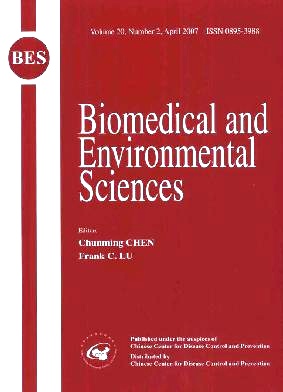Biodegradability of Chlorinated Anilines in Waters
-
Key words:
- Complex bacteria /
- Chlorinated anilines /
- Biodegradability /
- Coexistent compounds
Abstract: Objective To identify the bacteria tolerating chlorinated anilines and to study the biodegradability of o-chloroaniline and its coexistent compounds. Methods Microbial community of complex bacteria was identified by plate culture observation techniques and Gram stain method. Bacterial growth inhibition test was used to determine the tolerance of complex bacteria to toxicant. Biodegradability of chlorinated anilines was determined using domesticated complex bacteria as an inoculum by shaking-flask test. Results The complex bacteria were identified, consisting of Xanthomonas, Bacillus alcaligenes,Acinetobacter, Pseudomonas, and Actinomycetaceae nocardia. The obtained complex bacteria were more tolerant to o-chloroaniline than mixture bacteria in natural river waters. The effects of exposure concentration and inoculum size on the biodegradability of o-chloroaniline were analyzed, and the biodegradation characteristics of single o-chloroaniline and 2,4-dichloroaniline were compared with the coexistent compounds. Conclusion The biodegradation rates can be improved by decreasing concentration of compounds and increasing inoculum size of complex bacteria. When o-chloroaniline coexists with aniline, the latter is biodegraded prior to the former, and as a consequence the metabolic efficiency of o-chloroaniline is improved with the increase of aniline concentration. Meanwhile, when o-chloroaniline coexists with 2,4-dichloroaniline, the metabolic efficiency of 2,4-dichloroaniline is markedly improved.
| Citation: | CHAO WANG, GUAN-GHUA LU, YAN-JIE ZHOU. Biodegradability of Chlorinated Anilines in Waters[J]. Biomedical and Environmental Sciences, 2007, 20(2): 141-145. |







 Quick Links
Quick Links
 DownLoad:
DownLoad: